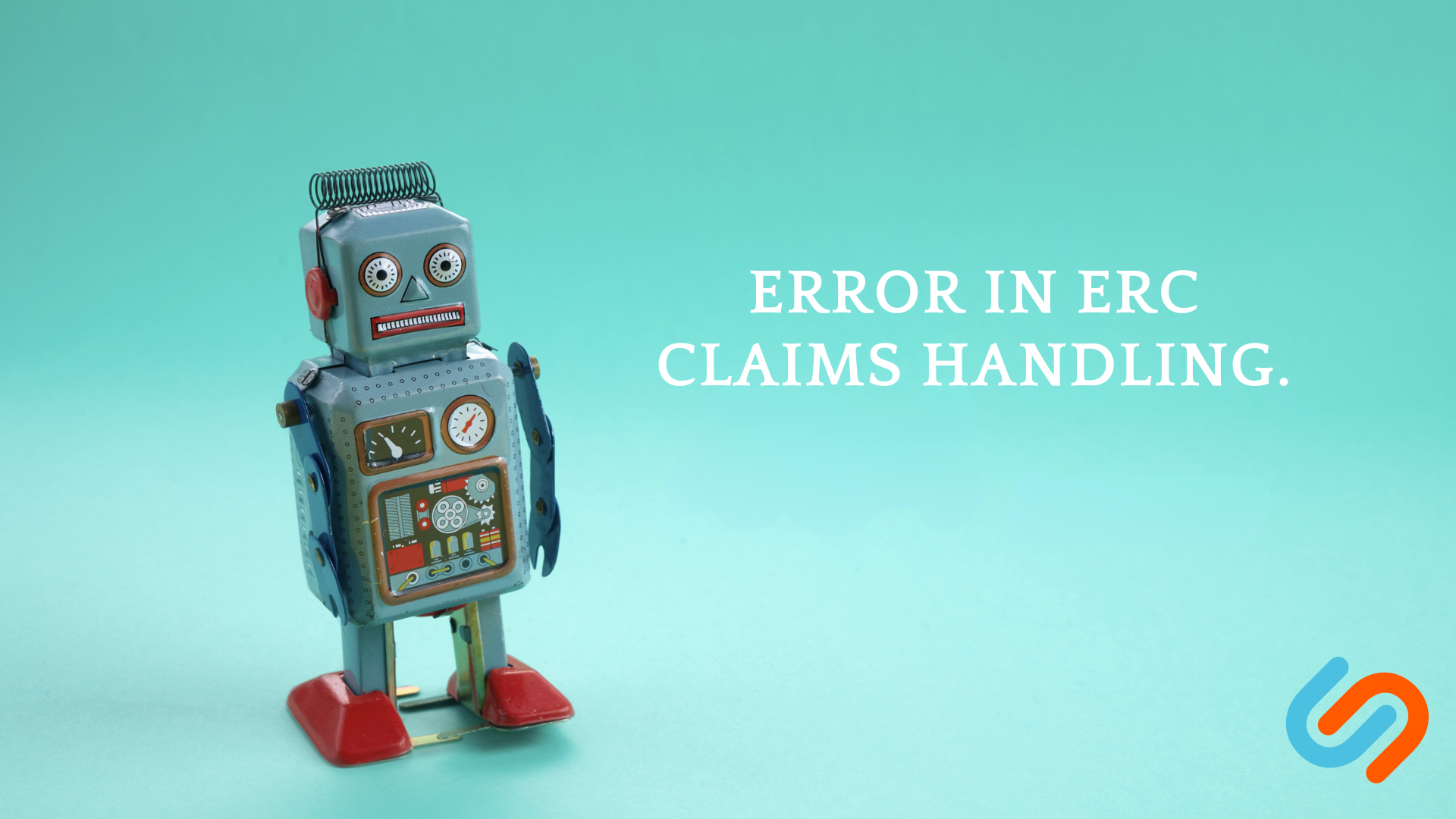In a bold leap toward fostering sustainable transportation practices, a paradigm-shifting announcement has emerged for the commercial clean vehicle sector in the coming year. This transformative development introduces a comprehensive safe harbor framework strategically designed to bolster the adoption of cleaner alternatives in commercial transportation.
As part of this forward-thinking initiative, limitations on the commercial clean vehicle credit, governed by Section 45W, are set to be lifted for eligible vehicles with a gross vehicle weight rating below 14,000 pounds. This strategic move simplifies the process for vehicle owners. It eliminates the need for intricate calculations regarding the vehicle’s incremental cost, heralding a more accessible and incentivized approach to cleaner fleets.
Section 45W, a linchpin in the government’s commitment to environmentally conscious practices, extends a tax credit for each qualified commercial clean vehicle in service during the tax year. Applicable to vehicles acquired between December 31, 2022, and January 1, 2033, the credit is intricately calculated as the lesser of 30% of the taxpayer’s basis in the vehicle (15% for hybrid vehicles) or the vehicle’s incremental cost. This meticulous definition of incremental cost emphasizes the excess of the clean vehicle’s purchase price over a comparable gas- or diesel-powered vehicle, factoring in considerations of size and usage.
The maximum credit thresholds are differentiated, with eligible vehicles under 14,000 pounds eligible for credits up to $7,500, while their counterparts with a gross vehicle weight rating exceeding 14,000 pounds enjoy a cap of $40,000. Notably, the U.S. Department of Energy (DOE) has conducted a comprehensive analysis, revealing that the incremental costs for street electric vehicles below 14,000 pounds are anticipated to surpass the $7,500 mark. However, for select plug-in electric hybrid vehicles boasting incremental costs below this threshold, the IRS permits taxpayers to leverage the DOE’s published incremental cost when calculating credits for the year 2024.
This flexibility extends to larger vehicles with a gross vehicle weight rating of 14,000 pounds or more. The IRS, recognizing the nuances of this category, allows taxpayers to utilize the DOE’s incremental cost analysis for these specific vehicles placed in service in the upcoming year.
Anticipating the evolving landscape of clean transportation, the IRS actively seeks public input on additional classes or types of vehicles that could benefit from future safe harbor provisions. This inclusive approach not only streamlines administrative processes for businesses but also underscores a proactive governmental stance toward incentivizing and advancing sustainable choices within the dynamic domain of commercial vehicles. The announcement represents more than a policy update; it is a pivotal step toward reshaping the future of transportation, one that is greener, more efficient, and aligned with the collective commitment to environmental stewardship.
Source ( Journal of Accountancy News).



